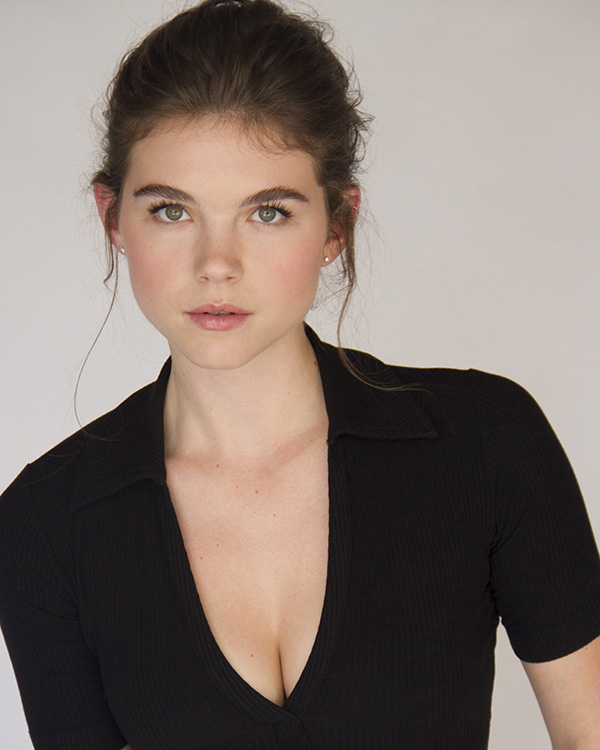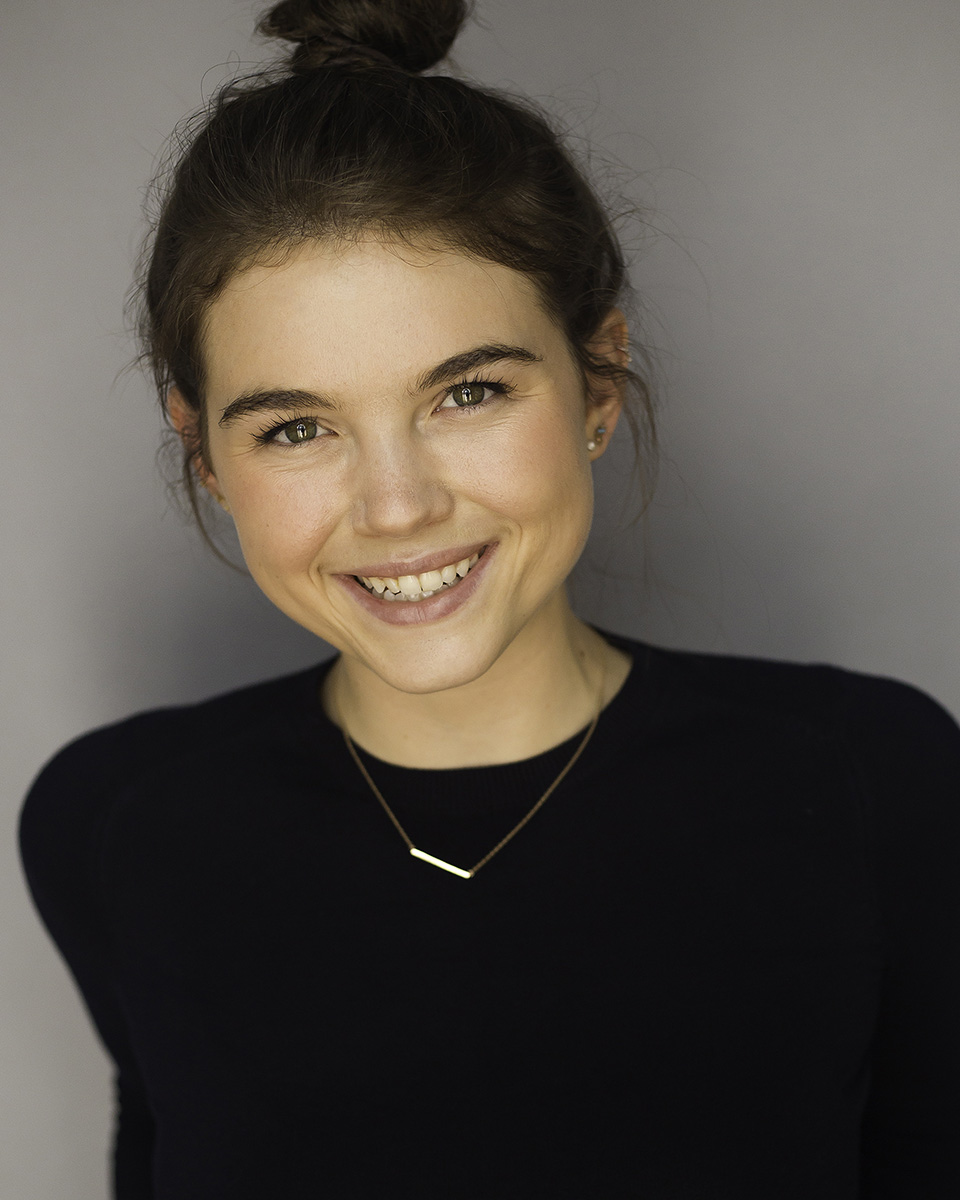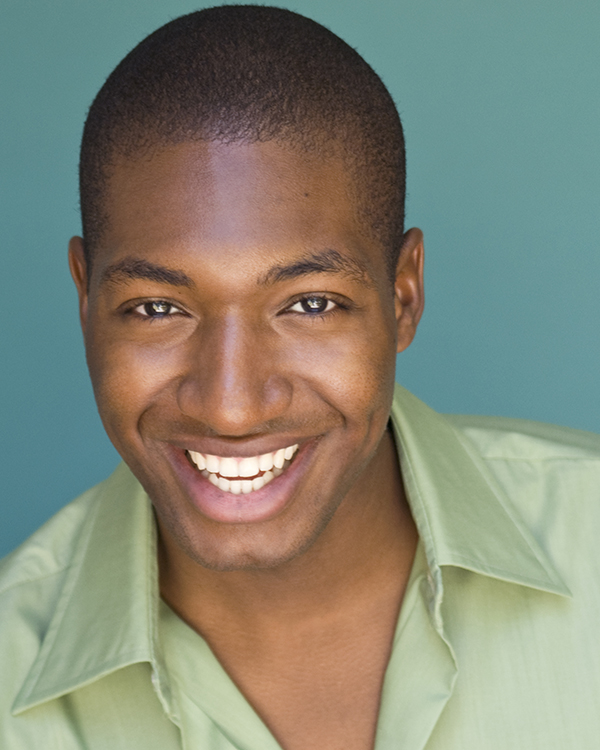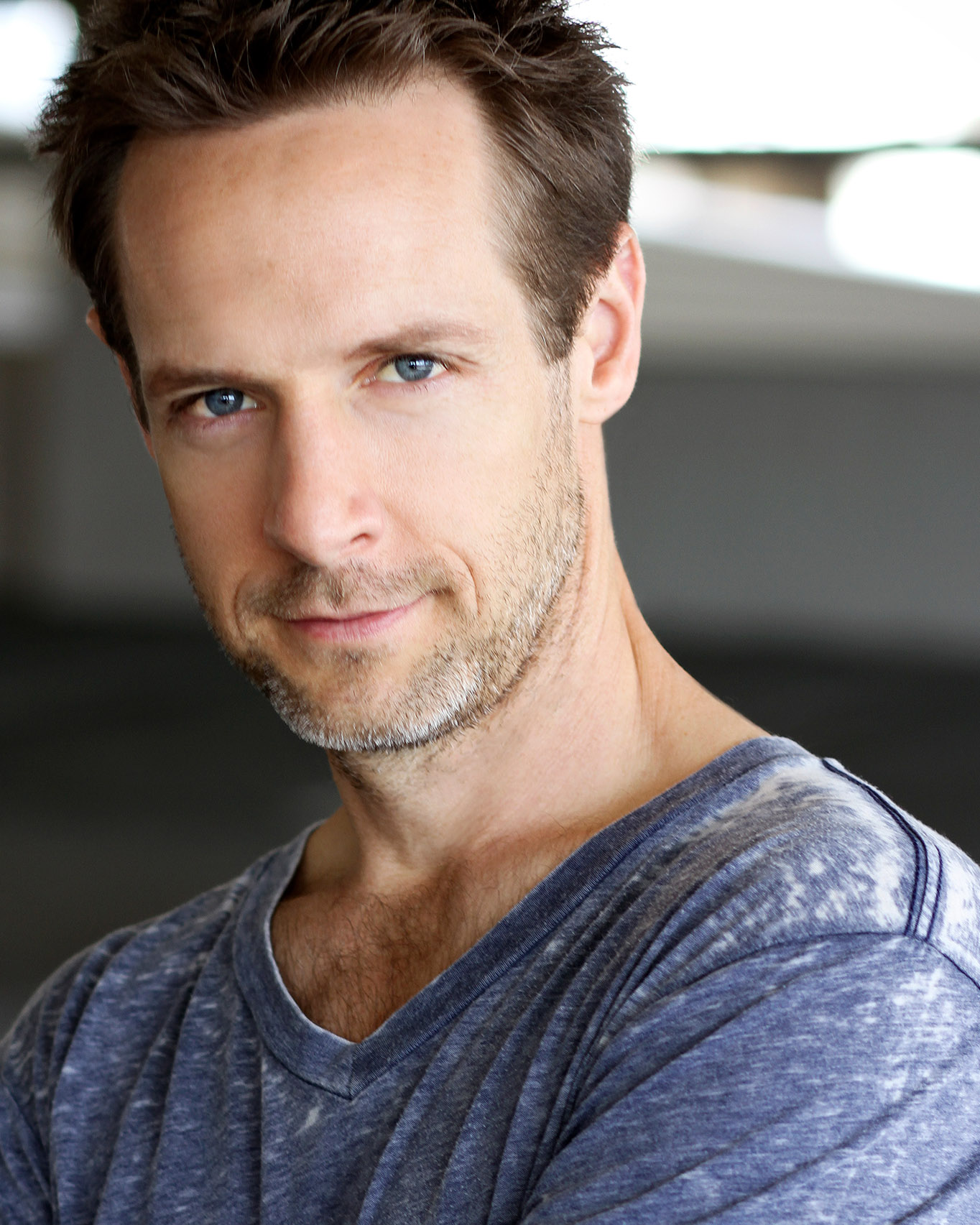- Home
- Commercial vs Theatrical Headshots
- What is Casting
- Preparing for Headshots
- Purpose of Headshots
- Headshot wardrobe
- Hair & Makeup for Headshots
- What to do with Headshots
- Headshots for Kids
- How to get an Agent
- Promoting Yourself as an Actor
- Social Media Shots
- Photographers
- Resources
- Ways to get into SAGAFTRA
What's the difference between commercial and theatrical headshots?
In the acting industry there are two primary divisions for projects, commercial and theatrical. This, of course, is the PRIMARY divisions, there are other subcategories. But it is very important for you to be able to differentiate between these two primary categories.The commercial and the theatrical. Often an actor will have both a commercial agent and a theatrical agent. Commercial agents submit the actor for commercial jobs and a theatrical agent submits an actor for theatrical jobs.
The most common thought that new actors have here is “But I want to act, not sell toothpaste, I don’t need commercial headshots.” Think again. Let me start by saying THIS IS A BUSINESS. Your agents need to eat, they need to keep lights on and pay their employees. They only get 10% of what actors make and unless you are an A lister, that is not much. Commercials are a way for medium and small agencies to keep money coming in and bills paid. For an actor commercials are the easiest way to procure your union card and be able to pay for that union card and fund your career. A national commercial that runs for a few months can bring you anywhere from $20,000 to $100,000 and pay your expenses as you work your way up the ladder. It is also the easiest way into the union because its the only method that does not have a financial penalties to production. Nor does it degrade your status as an actor by doing background work. So commercials are not an avenue that any actor starting out wants to shut down. You will have a really hard time even getting an agent with the viewpoint that commercials are beneath you.
To book a shoot in Los Angeles contact Angelica at 310.883.3475
So what is needed for a commercial headshot? Bright, happy, smiling, sweet images that cover your casting in that field. I go over casting in the section ‘What is Casting’. But briefly here it is how you are seen that can be cast. For example, lets say that you are a 25 year old woman, but you look younger. You will want to cover your casting by looking like a teenager, looking like a young professional and looking like a young mom. Lets say you are a 40 year old male, no gray hair, not particularly fit. You will want to cover blue collar guy, dad, office employee and maybe sports fan. Casting covers the range of your potential as an actor. Both commercially and theatrically. But commercial shots are lighter. They are smiles and projecting happiness because in a nut shell that is what commercials are projecting in order to get people interested in their products. No matter if it’s life insurance, toothpaste or potato chips happiness is a part of what they are selling.
Theatrical headshots are a bit different. They are used for TV and film and actual theatre work in front of live audiences. They represent a broader spectrum because in a nutshell you are telling life stories real or imagined. So the spectrum of images to cover your casting is what you are looking for. They are not smily, though you can be smiling, especially if your goals are for comedy and sitcoms. But for the most part theatrical headshots are straight forward, no smiles, more dramatic and also cover your casting range. It is important to not that while trying to cover your casting you are not getting to halloween about it. You hint to your casting, you do not dress up like you are walked off the set of Games of Thrones just because you would want to work on a show like that. You do not wear lab coats and cop uniforms or other such nonsense. That is extreme and smacks of desperation. But as an actor you want to cover your casting range and have shots that manage that while communicating that you are a professional. Shape those theatrical headshots to the career you are aiming for. I suggest making a list and also communicating to your agent about what they need. Agents look at the breakdowns daily. They see the trends and have an idea of what looks need to be covered for your personal casting.





